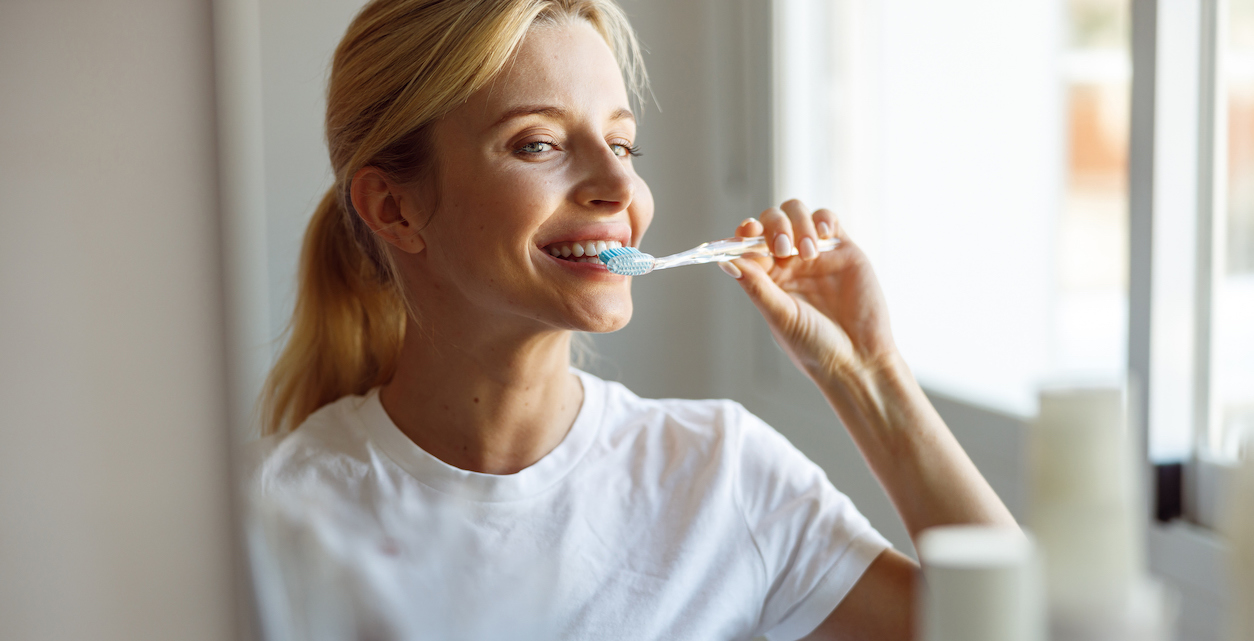Mistakes You Might be Making When Brushing Your Teeth
No matter what dental specialist you see for any treatment, your own oral care when at home is key—at the basic level that is how to clean your teeth.
A regular cleaning routine is vital for your overall dental health. Your teeth are constantly exposed to acids and bacteria that can contribute to decay. To ensure this doesn’t happen, dentists and dental specialists advise their patients on proper oral care habits.
However, there are common practices when it comes to brushing that can cause more harm than good.
Here are 10 common mistakes when cleaning that you can avoid:
1. Brushing too hard
The intensity of brushing is mistakenly associated with the quality of cleaning. Brushing harder does not mean cleaner teeth. Excess friction by rubbing your teeth with too much pressure can cause damage to the gums and enamel. The first sign of brushing too hard is bleeding gums.
If the bristles on your brush begin to look spread out and worn soon after you begin using it, then your technique and pressure need to change. Toothpaste is a mild abrasive so cleaning too hard can do more harm than good. A light touch combined with good technique that hugs the tooth is really beneficial to the way you brush your teeth.
2. Using hard bristles
Not all toothbrushes are the same. Have you ever stood in the supermarket and been confused as to why there are various patterns, materials, and bristle heads? Not every toothbrush on sale is right for everyone. Depending on your teeth and gums, some may be too tough for your teeth and gums. A too-hard toothbrush could lead to worn-out enamel or irritate the gums. Pick a brush with a bristle texture that matches your teeth and gums.
3. Not regularly changing brushes
Toothbrushes are not made for a lifetime. To ensure your brushing is done effectively, change out your toothbrush every three months.
4. Using the wrong toothpaste
Fluoride is a must for any toothpaste. However, not all toothpastes are suitable for your teeth. Different brands formulate their toothpastes differently according to what they market them to do. Whitening toothpastes, for example, can induce sensitivity. Speak to your dentist if you have a particular need.
5. Not brushing tongue
The tongue can be a bacterial petri dish if it is neglected during brushing. The best and only way to clean the tongue safely and efficiently is with a tongue scraper.
6. Not brushing long enough
Take your time and brush your teeth for at least two minutes.
7. Always brushing in the same pattern
The pattern in which you brush your teeth matters. Doing the same over and over can lead to you being on autopilot, which means you won’t clean properly as you’re missing parts of your mouth again and again. To ensure a proper clean, make sure that you spend enough time on every area of your mouth (and tongue).
8. Focusing on the wrong area of the tooth
Cavities and decays start at the root of your teeth and plaque and tartar accumulate. The gum line is the best place for bacteria to spend their time, and these spaces tend to be hard to clean with a toothbrush.
9. Not flossing
If you want to keep your teeth, you don’t need to just brush but also floss. Flossing is just as important as brushing as it removes deep-seated plague between the teeth and gum line.
10. Brushing too much or not enough
Cleaning your teeth every morning and evening ensures you are already on the right path to a good oral hygiene regime.

